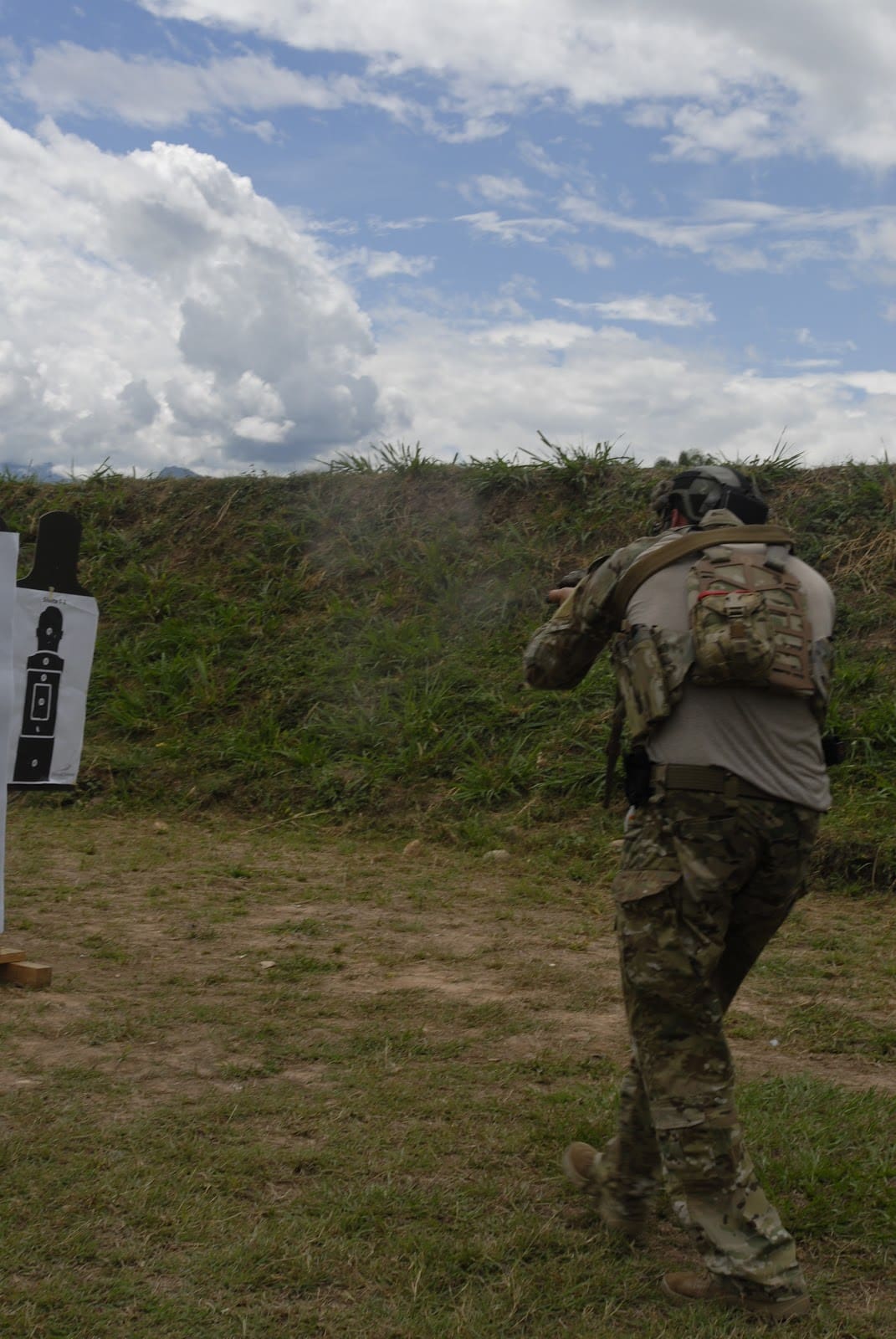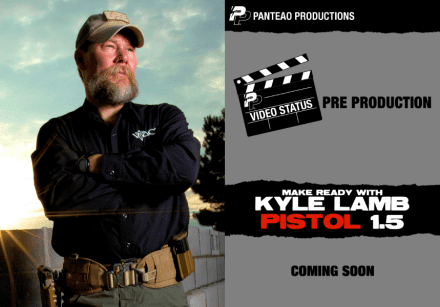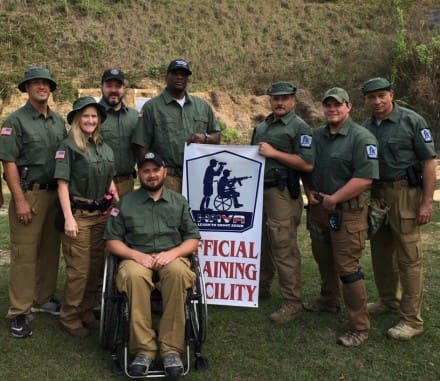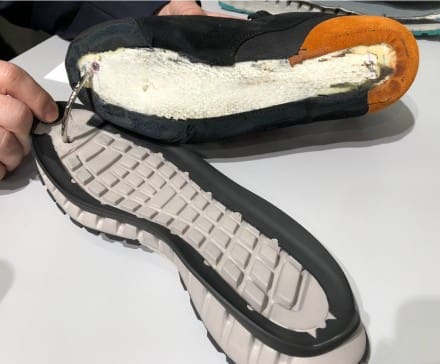Over the weekend, I shared a press release announcing the formation of the Firearms Trainers Association. The comments on that post here on SSD were as much questions about the program as complaints about its creation. However, on Facebook I saw a great deal of pushback.
Much of it was based on the personalities involved. Some, because the program hasn’t been fully disclosed. There were lots of concerns over the cost of the program as well as the idea that it was mandatory. I saw several people worried about the scope, pointing out that tactical firearms training is different than other types. Still others felt that it wasn’t needed, preferring the current situation. Then, there were those who opposed it, simply because it is.
Regardless of the organization, this is a good concept. Almost a decade ago, I sat down with Grey Group and suggested the creation of a trainer’s organization, offering certification and standardization. At the time, I mentioned that the training industry would soon grow drastically and along with that would come an increase in questionable training. It did, and then some.
Why Organize?
I believe in the voluntary professionalization of all pursuits, especially this one. I also believe, that in addition to the right to bear arms, we have a right to learn how to use them safely and effectively, even though it is not an enumerated right.
Unfortunately, there are quite a few trainers putting out bad info or are underqualified. Some are just downright unsafe. On the plus side, there are men and women who are excellent, professional tactical firearms trainers. They should be able to work together for self improvement as well as protection in the form of advocacy and insurance and to let customers know they meet a certain standard.
Multiple Organizations
I fully suspect that there will be multiple organizations created before the field shrinks to just a few. Primary & Secondary has been trying to get something going; cost free. Others will form groups of friends. Some will create very specialized organizations. Over time, some will rise to the top, others will combine, and some will fade away. Those who survive will do so by gaining the confidence of trainers and students alike. Eventually, there will be one or more effective professional organizations for tactical firearms trainers.
Standards
As I mentioned earlier, there is bad stuff being being put out by some firearms trainers. The industry needs to adopt a set of standards. It also needs to offer certifications based on those standards.
Advocacy
One thing I want to see in such an organization is advocacy. Earlier, I posed the idea that we have a right to learn how to use our firearms. That right must be protected as much as the firearms themselves.
I mentioned on Facebook that organized groups with standards for its members serve as a hedge against government regulation. Those regulations and the laws they are derived from originate at all levels of government. I was called paranoid because I mentioned this, with several people telling me the government would never try to regulate firearms training. My counter to this argument was the myriad gun laws already on the books as well as a slew of proposed regulation currently under debate around the nation. It’s only a matter of time before training comes to their attention. Best to organize now.
Acknowledging the American spirit of the rugged individualist, I understand that many instructors are wary of adopting a standard set by others. They will be concerned that it will stifle innovation. That’s why it’s so important for a trainer to find a group which advocates a similar mindset and let his voice be heard. It’s much easier to get in on the ground floor and participate in a voluntary endeavor than to later have to conform to a set of regulations imposed by others.
I also expect to see a true professional organization go to bat for the group’s members and interests. They need to be prepared to speak on behalf of their members to public and private interests and work to keep the industry free from government influence.
Once again, I am a fan of voluntary participation in groups which will improve a pursuit, such as tactical firearms training. The point here is to avoid mandatory requirements set later, by someone outside the industry.
That advocacy can also be used to enrich instructors through clinics and coaching, on the training as well as business sides. Some will think it’s horrible, but this is a business for many, no matter how passionate they are about the subject. It’s how they feed their families. While instructors generally get into it due to passion, they are rarely trained to run small businesses. Such an organization can provide mentorship for its members.
Vetting
A professional organization could vet, or verify, the backgrounds of instructors, preventing ‘stolen valor’ incidents and other false claims. It could also serve as a clearing house for student feedback of instructors. This could be used for customer advocacy as well as mentorship of instructors.
Likewise, the organization could vet students on behalf of the instructors, helping to prevent a trainer from inadvertently training a prohibited person.
Perhaps, a whole slew of compliance services, like ITAR support could be available as well.
Flexibility
Not all trainers are full-time nor do they all have the same backgrounds. A professional trainer’s organization must be able to certify those with different backgrounds and offer something for all of them.
Students
Another advantage is for the student. He can identify a ‘seal of approval’ which informs him the trainer will teach to a standard. It will also hold him as a student to a common standard which is great for instructors to understand the student’s level of performance. For example, a student wants to take an advanced course but did not learn everything he needed in a basic course from another instructor. All too often, the instructor must spend extra time with the student to get him up to speed with the rest of the class. A common framework alleviates such problems.
Membership Fees
I belong to several organizations and they all require a membership fee. There’s nothing shocking about that. Some groups offer more than others and comsequently, cost more to join. Effective organizations cost money to run. But, the value of membership has to be there.
If insurance is available with a program of this scope, even better. In fact, that’s a great reason to join. Maybe, the primary reason.
To Join Or Not Join? That Is The Question
Join a group or start a group, but if you don’t participate on some level, you won’t have a voice. Shaking your fist in the air on Facebook isn’t going to influence the situation.
I Support The Concept
I am not endorsing the Firearms Trainers Association, or any other group at this point. I am however, endorsing the concept. Let’s watch it grow. It will be beneficial to students and instructors alike. Better trainers and better students make for stronger support for the Second Amendment.



























































































































